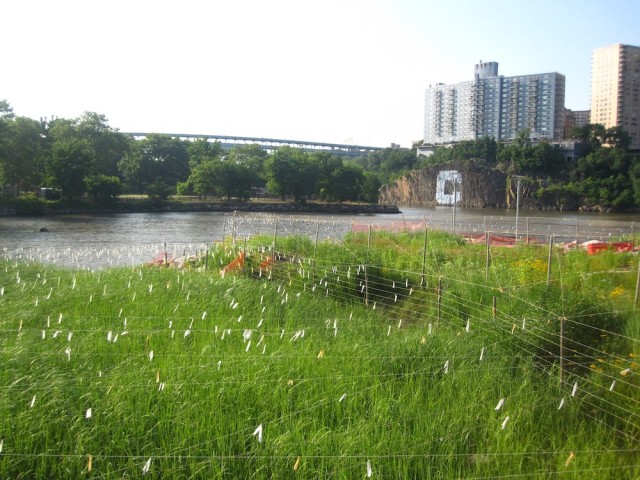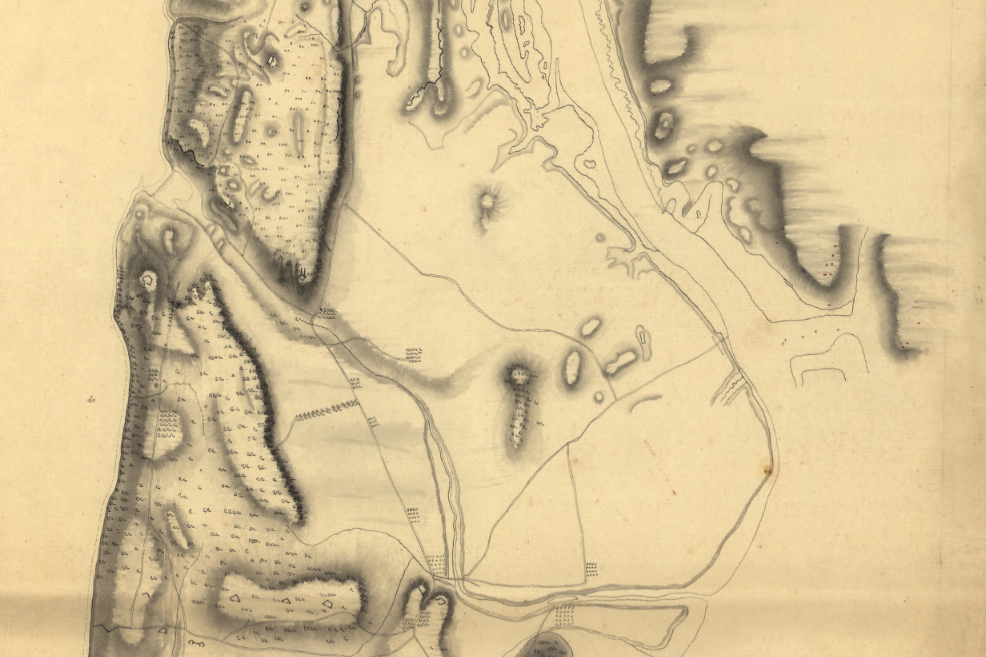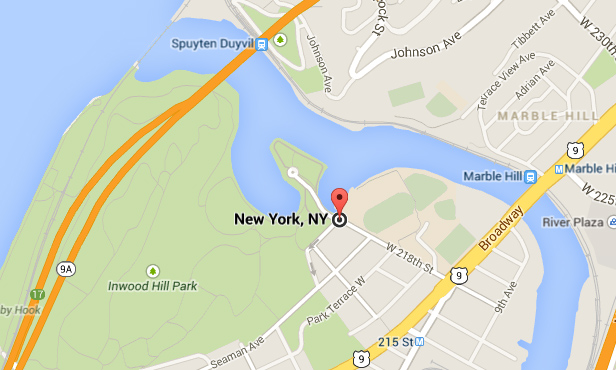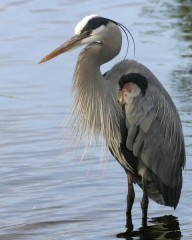
At almost the north end of Manhattan, on 218th Street and Indian Road, there is a one-acre park, taken up mostly by a wetland. Columbia University created this park, called Muscota Marsh, in collaboration with the New York City Parks Department. It opened early this year. A protected habitat may seem antithetical to Manhattan, but that’s just what Muscota Marsh is.
The park’s origins come from the Campbell Sports Center, a sports center that the city allowed Columbia to build uptown. Due to a city zoning law, Columbia was required to use a portion of the land in their construction for providing waterfront access. This law, created in 1993, states in its current form that “commercial and community facility developments on waterfront zoning lots… are required to provide and maintain public open space at the water’s edge,” according to the city government’s website. This law was created with the intention of making New York City’s waterfronts more green and accessible. Usually, at least 15 percent of the development site must be used for this, but in the case of Muscota Marsh, Columbia made a deal with the city allowing it to use a smaller piece of the land.
The park was planned in 2011, and Columbia began constructing it in the summer of 2012. According to Joe Mannino, Columbia’s vice president for capital project management, the park was “about 80 percent finished” when Hurricane Sandy hit and substantially slowed down the project. It was completed in fall 2013 and finally opened in January this year. Columbia is responsible for its management. James Corner Field Operations, which also had a leading role in the creation of the High Line, designed the park. Harry Wade, writing in the landscape architecture blog Grounded Design, notes the unique qualities of the site:
Muscota has the closest, most direct water access of any park in the entire City – close enough to get splashed by a gentle wave at high tide and to hear the water lapping, or ice squeaking, beneath your feet as you stand on the slatted metal dock.
Columbia University has said that the marsh “is intended to build on the natural history” of the location. There was a rich estuary ecosystem at the north end of Manhattan before European arrival. A tribe of the Lenape Native American people used it for fishing, as shellfish, bass, and bluefish were present. They also used the fertile edge of the land by the estuary for farming. As described in the Ground Design post, the mudflats were once high enough that, at low tide, one could walk between Manhattan and what is now the Bronx.

In the late 1800s, after New York City’s development reached all the way up through Manhattan, the wetland was cleared to allow access to the Harlem River Ship Canal, which allowed ships to cross between the Hudson and East Rivers. By creating Muscota Marsh, Columbia and the city restored a fragment of the area to its original identity as a wetland. The name Muscota comes from the Lenape language, in which it means “place of the reeds.”

Muscota Marsh actually contains two different small ecosystems, a salt marsh and a freshwater wetland. The salt marsh is in the south part of the area. It gets salt water from the Harlem River and is full of tall reedy grass, which includes two species of the genus Spartina. The Spartina grass is protected by a web of string to keep Canada geese from eating it. The salt marsh is the part of Muscota Marsh that is most true to the area’s original wetland environment.
The freshwater wetland gets water from occasional weather events, and has a more diverse group of plants, including herbaceous sedges. This ecosystem will treat storm water runoff and clean it before it arrives in the river. In fact, the landscape of the freshwater wetland was designed in a certain way to filter pollutants when necessary, and this is one of the purposes of Muscota Marsh. West of the two ecosystems is an area of mudflats.
Muscota Marsh was designed to be a habitat for wildlife, as many animals benefit from the presence of a wetland. Birds such as the great blue heron and the snowy egret can sometimes be seen at Muscota Marsh, as can leopard frogs and ribbed mussels. The location’s biodiversity is planned to increase over time. As wetlands are an ecologically important environment that have often been destroyed in the U.S., the creation of a wetland is a step in a good direction.
You can see the unique landscape of Muscota Marsh from a boardwalk outlook just above the marsh on its south side. There is a path that borders the east side of the wetland, as well as benches on the path and the outlook. The park includes a lawn and trees. There is also a dock, and the Urban Park Rangers offer some boating programs that allow visitors to go on the water in the area.
One of the park’s uses is education – students from the nearby Intermediate School 52 have visited the marsh with an ecology lecturer from Columbia. Thus, Muscota Marsh has not only increased biodiversity in upper Manhattan and bring the area’s New Yorkers closer to nature, but it may also serve to inspire interest in nature among some of New York City’s youth.
Early in the spring, City Atlas asked Glenn Phillips, outgoing director of NYC Audubon, a few questions about the benefits of the restored marsh for wildlife in Northern Manhattan:
“We know from a wealth of scientific studies that when it comes to salt marshes, any kind of habitat really, but salt marshes especially, bigger is usually better.” Muscota Marsh is tiny, but the site gains from being near other habitat, including Inwood Hill Park: “In this case, I think that it actually is going to add value for birds in the region. Although it’s small, it’s pretty close [to Inwood Hill].

“We know that these birds will forage along the shores of Manhattan: egrets and herons, great egret, snowy egret, glossy ibis; marine herons forage in this habitat also.”
The marsh isn’t big enough for avian species to take up full time residence, but migrating salt marsh sparrows will benefit from a new resting place, which can be lifesaving according to Phillips.
Phillips also points out the benefits of wet lands go beyond creating a home for wildlife. Water quality improves, marsh traps nutrient sediments, and also provides buffers for storm surges. “Over 80% of historic salt marsh in New York City has been destroyed…every little bit helps in terms of restoration.”
Additional reporting by Deborah Secular